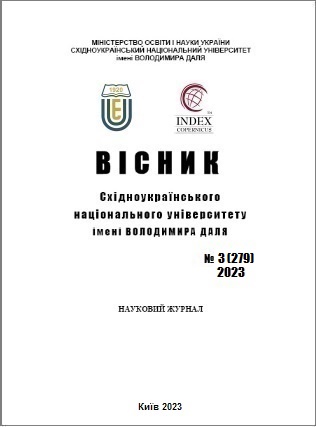Laboratory experimental installation for obtaining flue gas condensate and its disposal
DOI:
https://doi.org/10.33216/1998-7927-2023-279-3-16-24Keywords:
cement, harmful emissions, gas-liquid separator, flue gas vapor condensate, cement stone, concrete, disposalAbstract
Currently, cement is one of the main building materials used in the construction of various engineering structures and structures. The technological process of cement production is multi-stage and requires a high production culture to ensure environmental safety. The full cycle of commercial cement production has a negative impact on the environment: global warming (due to greenhouse gas emissions), ocean acidification (mainly due to emissions of carbon, nitrogen, and sulfur oxides), land degradation (due to heavy metal contamination). There are various ways of making cement, which differ technologically and usually have different effects on the environment. Therefore, it remains important to study the main types of emissions during cement production and measures to reduce or eliminate their impact on the environment. The main problems during the production of cement are the reduction of emissions of water vapor, dust, nitrogen oxides NOX, sulfur dioxide, oxide and carbon dioxide. Various equipment are used to clean or reduce such pollution: electrostatic precipitators, bag filters, hybrid filters, wet scrubbers, etc. However, the use of the abovementioned equipment does not completely eliminate harmful emissions during cement production. The work proposes a method and equipment for reducing the emissions of harmful substances from the flue gases of cement production - a method of separating liquid and mechanical impurities from the gas flow. The main task of the proposed method is to increase the efficiency of gas purification in large volumes from water vapor and mechanical impurities to ensure environmental safety, which consists in extracting water vapor (obtaining flue gas vapor condensate). In order to dispose of the condensate of flue gases, it is proposed to use it in the production of concrete. Experimental studies of cement stone obtained using the steam condensate of cement production flue gases have been carried out. At the same time, the mechanical characteristics of the obtained cement stone (flexural stress σзг, compression σст and fragility КК) were determined and compared with the cement stone produced by the traditional method. It was established that the best mechanical properties are the cement stone obtained with the use of condensate of flue gas steam.
References
1 .Довідник з ресурсоефективного та чистого виробництва. Цементна промисловість / с.в. Плашихін. – К.: Центр ресурсоефективного та чистого виробництва, 2020. – 96 с.
2. Best Available Techniques (BAT) Reference Document for the Production of Cement, Lime and Magnesium Oxide. Industrial Emissions Directive 2010/75/EU (Integrated Pollution Prevention and Control) / Joint Research Centre. Institute for Prospective Technological Studies Sustainable Production and Consumption Unit European IIPPC Bureau. – 2013. – 501 р.
5. Патент на корисну модель № 152837, Україна, В03С 3/02. Спосіб виділення рідини і механічних частинок з газового потоку / Патентовласник Івано-франківський національний технічний університет нафти і газу (UA), вул. Карпатська, 15, м. Івано-Франківськ, 76019 (UA) // Крижанівський Є.І. (UA); Лях М. М. (UA); Михайлюк В. В. (UA); Маковійчук М.В. (UA); Кучірка Ю.М. (UA); Витриховський Є.А. (UA) – u202200306; Заявл. 25.01.2022; Опубл. 19.04.2023, Бюл. № 16. – 4 с.
6. Лях М.М., Михайлюк В.В., Яцишин Т.М., Витриховський Є.А. (2022). Дослідження впливу геометричних параметрів сопла Лаваля на зміну температури потоку газу. Прикарпатський вісник наукового товариства імені Шевченка. Число, 17(64), 108-117. https://doi.org/10.31471/2304-
-2022-17(64)-108-117
7. ДСТУ Б В.2.7-86-99. Цементи тампонажні. Методи випробувань (ГОСТ 26798.1-96)

